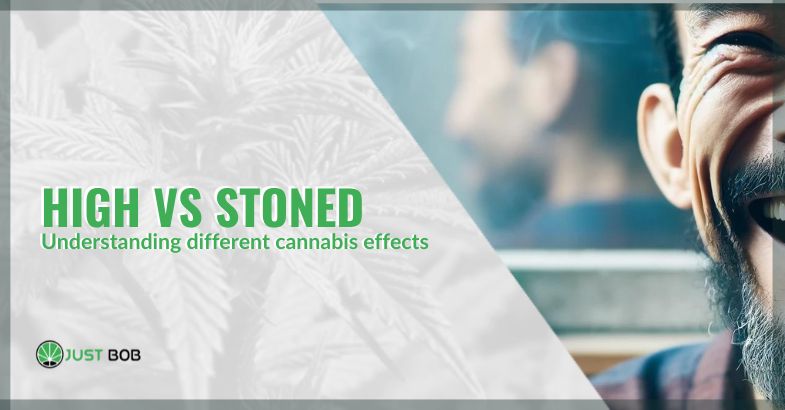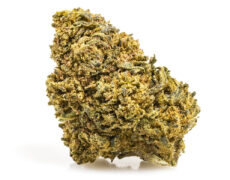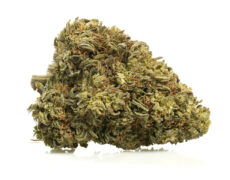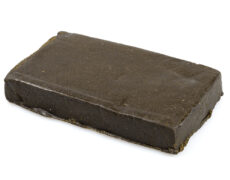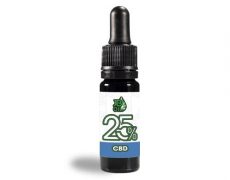Published on: 18/09/2024
What does it mean to be high or stoned? We look at the differences in the effects of different strains of cannabis
In the cannabis world, the terms ‘high’ and ‘stoned’ are often used to describe the different sensations experienced by enthusiasts and the curious, but what do they really mean? In this article, we will examine in detail the difference between high and stoned, clarifying how these terms refer to the specific effects of different strains of cannabis.
We will look at how the two best-known cannabinoids in cannabis, THC and CBD, play an important role in high and stoned experiences, and give a more defined picture of the effects of CBD cannabis. We will analyse the characteristics that determine whether a person feels stoned or high and offer advice on how to choose the right strain for the desired experience.
We will also give a brief overview of the legal status of cannabis in the UK, where recreational use is still illegal, while some forms of medical cannabis are permitted under prescription.
Be prepared to better understand these terms and learn what to expect from different types of cannabis.


What it means to be “high”
Being ‘high’ is an experience often associated with a feeling of euphoria, lightness and increased energy. When one is high, one tends to feel more sociable, creative and mentally active.
This general state is produced by one of the plant’s cannabinoids, tetrahydrocannabinol (THC), the main psychoactive compound found in cannabis, which interacts with the human body’s endocannabinoid system.
During a high, many people report an increase in sensory sensitivity, with more vivid colours, more intense sounds and an altered perception of time.
This phase can also stimulate appetite and improve mood. Remember how reaction and intensity varies from person to person and is influenced not only by health status but also by other factors such as dose, method of consumption and frequency of use.
The experience of being high may be particularly desired for recreational activities, such as listening to music, socialising or exploring creativity. People who report experiencing it prefer it for its stimulating and uplifting effect, which has also proven useful in therapeutic contexts to relieve stress, anxiety and depression.
It is important, however, to be moderate and aware, as high doses of THC can easily lead to unwanted effects such as paranoia or a general increase in anxiety.
Read also: The 6 best movies based on marijuana
What it means to be “stoned”
Being stoned represents a more relaxed and physically sedating experience than being high, sometimes even too high. This state is characterised, unlike the high, by a sense of bodily heaviness and widespread muscle relaxation.
There is a greater propensity to rest and marked drowsiness. Hence the big difference between the state of high, which is linked to mental activity, and the state of stoned, which has more of a physical manifestation, making people less motivated to move and more inclined to relax.
The stoned effect is usually associated with Indica cannabis strains (which we will elaborate on later) or products with a higher concentration of cannabinoids such as cannabidiol (CBD). This compound, as with THC, interacts with receptors of the endocannabinoid system, generating a decrease in muscle tension and a calming effect.
The stoned state is particularly useful for those seeking relief from chronic pain, insomnia or heightened anxiety. Cannabis’ ability to induce relaxation and improve sleep quality makes stoned the preferred choice before bedtime. It is important to note that, as with any substance, the experience may vary and overuse may lead to side effects such as lethargy or temporary cognitive difficulties.
The method of cannabis consumption may influence the experience
The method of cannabis use plays a very important role and can influence the overall experience by determining the intensity and duration of the effects. Possibilities of use include smoking, vaping, ingesting edibles as well as tinctures and oils.
Each of these methods offers a different way of absorbing cannabinoids into the body, leading to significant variations in the experience.
Smoking and vaping are modalities that allow for a rapid manifestation of the effects because cannabinoids are absorbed directly into the lungs and then into the bloodstream. This results in a rapid onset of both high and stoned sensation, usually within a few minutes and can last from one to three hours.
This method is preferred by those seeking precise control over the dose and immediate regulation of the experience.
The ingestion of edibles, such as cannabis-infused biscuits or candies, involves a different pathway in the body. Having to pass through the digestive system, the effects tend to occur more slowly, usually within 30 minutes to two hours, but can last much longer, often four to eight hours or more.
This method can lead to a more intense and prolonged experience, ideal for those seeking lasting relief, but requires care in the dose to avoid overdose.
The tinctures and oils offer a versatile alternative, allowing a relatively quick effect through sublingual absorption. In fact, both oils and tinctures are often added to food and drink for an experience similar to that with edibles (many enthusiasts choose CBD oil).
Recall how the choice of one method of consumption over another is based on individual needs and should be made with one’s health status in mind to avoid unwanted side effects.
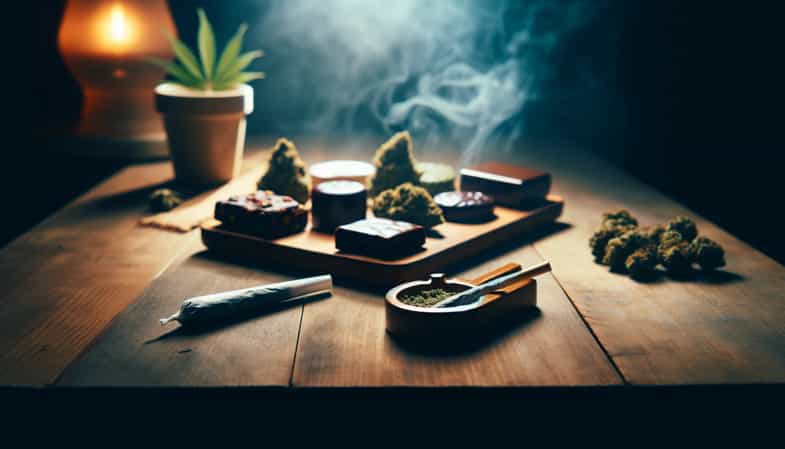

How different species of cannabis influence effects on humans
The different species of cannabis, mainly the Sativa and Indica, play a significant role in determining the effects on humans. Each species of cannabis has unique cannabinoid and terpene characteristics that contribute to the distinctive effects that enthusiasts experience.
Sativas are associated with more energizing and cerebral effects, which can lead to a feeling of being high. Her strains are known to stimulate creativity, mood and attention, making them ideal for daytime use or activities that require concentration and social interaction. These strains tend to contain higher levels of THC, which explains their ability to induce euphoria and increased energy.
Indica cannabis strains, on the other hand, are known for their more relaxing and sedative effects, hence the description stoned. Indica strains are favoured for their potential to reduce anxiety, relieve pain and improve sleep quality.
These effects are attributed to the presence of high levels of CBD, but also terpenes such as myrcene, which together contribute to the well-known entourage effect, to the feeling of muscle relaxation and tranquillity.
There are also hybrids of these two strains that represent a perfect combination for enthusiasts and the curious, given the balance they develop in their effects.
Hybrids can be Sativa or Indica dominant, depending on their genetic lineage, and are selected to create specific effects, such as relaxation without drowsiness or mental stimulation with a touch of physical calm.
In short, nature is diverse and rich in resources.
Understanding the role of different types of cannabis is fundamental to choosing the strain best suited to what you want to feel, be it an energising sensation or a deep relaxation congenial to the evening.
The conscious choice of strain can significantly improve the overall experience and help you achieve your desired therapeutic or recreational goals.
Remember that on Just bob you can find both cbd oil Sativa and cbd oil Sensitiva which have very different characteristics.
Read also: The effects of cannabis on hair growth
The legal situation of cannabis in the United Kingdom
Cannabis is currently classified as a Class B drug in the UK, which means that unauthorised possession, production and distribution can result in severe legal action, including heavy fines and prison sentences.
Despite this strict stance on recreational use, there have been significant openings towards the medical use of cannabis. Since the end of 2018, specialist doctors in the UK have been authorised to prescribe cannabis products for certain patients who do not respond to conventional treatments.
These products include oils, capsules and sprays containing CBD and, in some cases, also THC. Conditions treatable with medical cannabis include severe epilepsy, nausea and vomiting caused by chemotherapy, and severe muscle spasms related to multiple sclerosis.
Obtaining a prescription is not easy: patients must go through a rigorous assessment process and prove that other treatments have not been successful.
Cannabis legislation in the UK continues to be a topic of public debate, with increasing pressure for a review of current laws, but for the time being the UK maintains a clear distinction between recreational and medical use of cannabis.
Conclusions
We have seen how important it is for informed cannabis use to know the main differences between high and stoned. We know how THC is related to the feeling of high because it induces euphoria and stimulation, whereas CBD which causes general physical relaxation is closer to feeling stoned.
The explanation for this difference is to be found in the choice of cannabis strain, Sativa or Indica, the method of consumption and the dosages, all of which greatly influence the experience.
The current legal situation in the UK makes a clear distinction between recreational use, which is illegal, and medical use, which is permitted under prescription. Knowing these differences and respecting the laws is always the best way to avoid unnecessary problems.
Takeaways
- The terms ‘high’ and ‘stoned’ describe distinct experiences with cannabis. ‘High’ is associated with euphoria, increased energy, and heightened sensory perception, primarily caused by THC. ‘Stoned’ refers to a more relaxed, sedative state, often linked to CBD and Indica strains.
- THC and CBD are the main cannabinoids influencing whether one feels high or stoned. THC tends to produce a stimulating, euphoric effect, making users feel mentally active and creative. CBD, on the other hand, promotes muscle relaxation and a calming effect, which can help with chronic pain and insomnia.
- The method of cannabis consumption significantly affects the experience. Smoking and vaping lead to rapid onset and shorter duration of effects, while edibles provide a slower onset but longer-lasting experience. Tinctures and oils offer versatility, with effects varying based on the method of absorption.
- Sativa strains are known for their energizing, cerebral effects, ideal for daytime activities and creativity. Indica strains promote relaxation and sleep, making them suitable for evening use. Hybrids offer a balanced experience, combining characteristics of both Sativa and Indica, tailored to specific needs.
- In the UK, recreational cannabis use remains illegal, with strict penalties for possession and distribution. However, medical cannabis is allowed under prescription for certain conditions, including severe epilepsy and multiple sclerosis. This legal distinction highlights the importance of understanding and adhering to current regulations.
FAQ
What does it mean to be ‘high’?
Being ‘high’ is associated with feelings of euphoria, lightness, and increased energy. It is often characterized by increased sociability, creativity, and mental activity due to the presence of THC, the main psychoactive compound in cannabis. This experience can also include heightened sensory sensitivity and altered perception of time.
What does it mean to be ‘stoned’?
Being ‘stoned’ refers to a more relaxed and physically sedating experience than being ‘high’. It is characterized by a sense of bodily heaviness, muscle relaxation, and drowsiness. This effect is often associated with Indica strains or products with higher concentrations of CBD, and is preferred for relieving chronic pain, insomnia, or heightened anxiety.
How does the method of cannabis consumption influence the experience?
The method of cannabis consumption plays a crucial role in the intensity and duration of the effects. Smoking and vaping lead to rapid onset and shorter duration of effects, while ingesting edibles results in a slower onset but a longer-lasting experience. Tinctures and oils offer versatility, with effects varying based on absorption methods.

